This was published 3 years ago
Historic quarantine sites around the world: 10 of the most fascinating
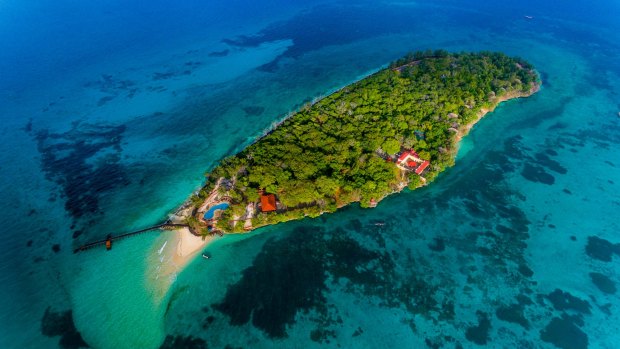
Changuu Island, Zanzibar. Credit: iStock
The practice of quarantine – separating people with a disease from others – dates back millennia. It has been used in response to contagions ranging from bubonic plague to cholera, affected famous names from Lord Byron to Tom Hanks, and left its mark around the globe. Here are 10 places to visit (when travel bans lift) with a quarantine story to tell.
LAZZARETTO NUOVO, VENICE
The practice of quarantine is mentioned in the Old Testament, but the word emerged in Venice in the 14th century, when trading ships were compelled to anchor offshore for 40 days to halt the spread of a horrific new contagion: bubonic plague. Lazzaretto is another term to emerge from Venice and refers to a quarantine station or hospital for the isolation of people with contagious diseases. Lazzaretto Vecchio, built in 1423, is thought to be the world's oldest lazzaretto. Vast and ominous, it sits hunkered low on its own island in the Venice Lagoon, not far from Lido. Plans to turn it into a museum are taking a very long time to be realised. COVID-19 aside, it is possible to visit its younger and less intimidating sibling, Lazaretto Nuovo, which was constructed nearby in 1468. See lazzarettonuovo.com
TORRENS ISLAND QUARANTINE STATION, SOUTH AUSTRALIA
Australia has been home to about 12 quarantine stations since Europeans arrived, including Torrens Island, which sits in the Port River Estuary just off Adelaide. It was built in 1879 and was active into the 1960s. Much of the original station remains intact, including the boiler house used to power luggage fumigation, the morgue, some accommodation and the communal bathing blocks, which can't have been much fun in winter. The South Australian Maritime Museum conducts tours of the site which are currently on hold due to COVID-19.
See maritime.history.sa.gov.au
MOLOKAI, HAWAII, US
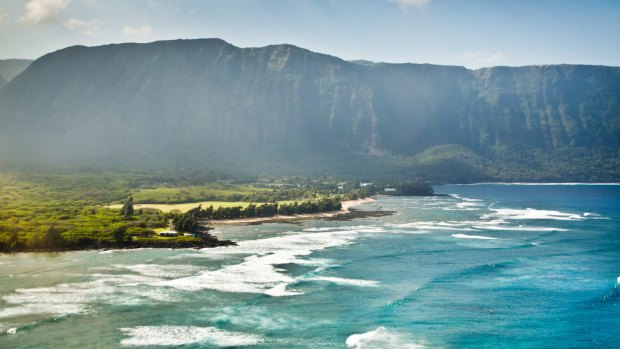
Credit: iStock
People with leprosy were first shipped out to Kalaupapa on the Hawaiian island of Molokai in 1866. It was not a kind process. Some were simply thrown overboard and told to swim for it. The natural environment is sublimely beautiful, but there were no facilities back then, not even potable water. Things began to improve in 1873 with the arrival of Father Damien deVeuster, who saw to it that homes and churches were built, and medical services provided. Kalaupapa is now a National Historic Site and still home to a few former patients. To visit, you either have to be invited by a resident or take a pre-booked tour. It is possible to fly in, hike in or ride in on a mule.
See visitmolokai.com; muleride.com
BRUNY ISLAND QUARANTINE STATION, TASMANIA
In 1884, the Tasmanian government bought eight hectares of land on Bruny Island from Anthony Cox – an impoverished former convict and father of 11 - to build a quarantine station. Over the next 100 or so years the site was used for the containment of diseases including smallpox and Spanish flu, for internment of prisoners of war and, in the 20th century, for plant quarantine. Several historic structures, including the mortuary and superintendent's house, are still standing, and since 2011 the Friends of Bruny Island Quarantine Station have been working with the Tasmanian Parks and Wildlife Service to preserve and enhance the site, and promote it to visitors.
See bica.org.au/brunyquarantinestation
SPINALONGA, GREECE
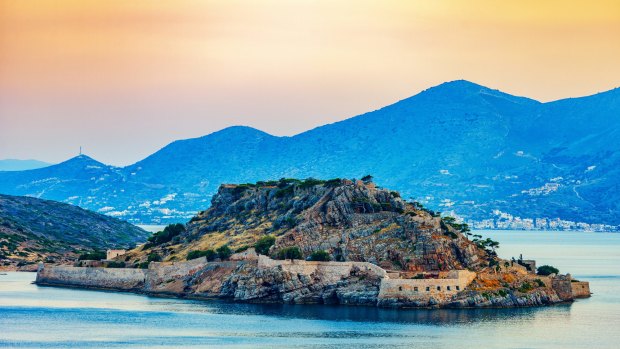
Credit: iStock
The tiny fortified island of Spinalonga sits in impossibly blue waters off Crete. The Venetians built a fort there in the 1500s, on top of an acropolis, and it's one of Crete's most popular archaeological sites. In 1903, the Cretan government established a leper colony on Spinalonga and its early arrivals had no choice but to make their homes in the crumbling buildings left behind by the Venetian and Ottoman empires. The last patients left the island in 1957 and parts of the village have since been restored with tourism in mind. One of the most poignant spots on Spinalonga is its graveyard, near the humble Church of St George. Boats take visitors to the island from Agios Nikolaos and Elounda on Crete.
See visitgreece.gr
POINT NEPEAN QUARANTINE STATION, VICTORIA
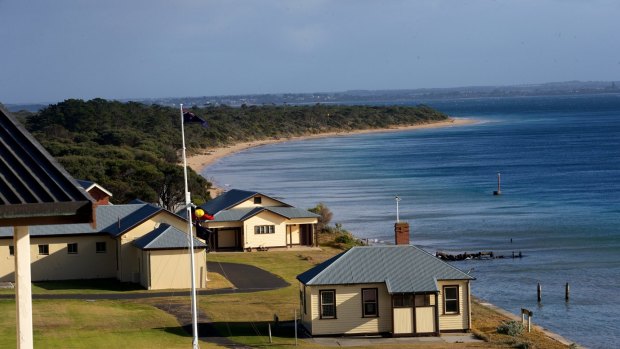
Credit: Jason South
While daily life in Australia's quarantine stations was tough, they were built in some of the country's most beautiful locations. The Point Nepean Quarantine Station, built in 1852, sits inside Point Nepean National Park on Victoria's Mornington Peninsula. There are about 50 heritage-listed buildings on the site today, including a hospital block and a handsome administration building constructed in 1916. Its "foul luggage receiving store, disinfection and boiler buildings" were designed after Federation and, according to Parks Victoria, became models for other Australian quarantine stations. Point Nepean National Park is temporarily closed due to COVID-19 restrictions.
See parks.vic.gov.au
ELLIS ISLAND, NEW YORK HARBOR, US

Credit: iStock
A number of islands in New York Harbor have been used as quarantine stations. The first, established in 1758, was on Bedloe's Island, now Liberty Island and home to a very large and famous statue. Swinburne and Hoffman islands, both artificial, were purpose-built for quarantine purposes, in 1870 and 1873 respectively. They're now nature reserves. By the early 1900s, Ellis Island had become America's main immigration gateway and three hospitals were built there, one specifically for those with contagious diseases. In recent years, Save Ellis Island has offered "hard hat" tours of parts of the hospital complex that have been abandoned for half a century or more.
Q STATION, SYDNEY, NSW
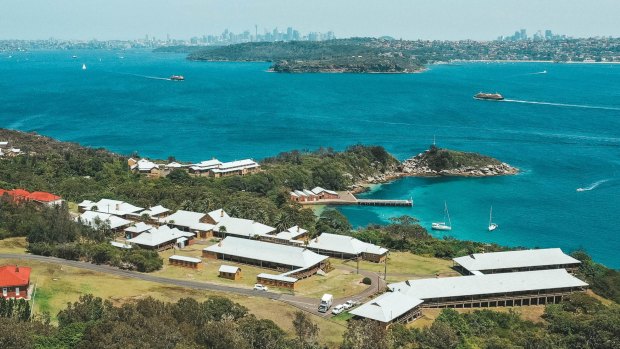
For about 150 years from 1835, immigrants arriving in Sydney with suspected contagious diseases were offloaded at North Head Quarantine Station. The views from the sprawling site would have been spectacular but daily life was harsh, particularly in the early days. Even so, it must have been an improvement on the previous quarantine strategy: remaining onboard your ship in the harbour. Today, the site is known as Q Station. Its historic features are heritage listed and it sits within Sydney Harbour National Park, along with a hotel, conference centre and dining venues. Q Station's history and ghost tours, which are on hold due to COVID-19 restrictions, bring to life the stories of some of Sydney's earliest European residents.
See qstation.com.au
LAZZARETTO OF MANOEL ISLAND, MALTA
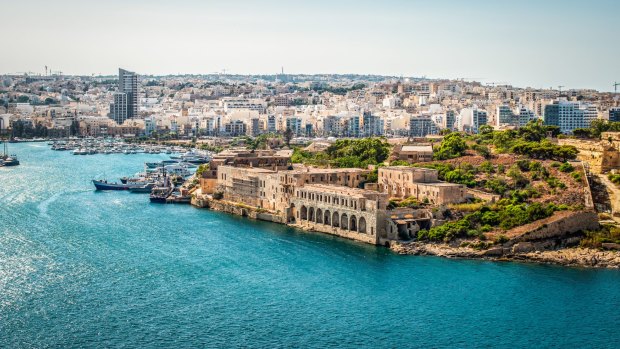
Credit: iStock
The lazzaretto on Malta's Manoel Island has seen numerous bouts of contagion, including two of plague, the most recent in the 1937. It's a vast, atmospheric complex, some of which dates back to the 1600s. The English poet Lord Byron spent some time there in quarantine in 1811, after a visit to cholera-infested Greece. After decades of neglect, the lazzaretto is now the subject of a massive restoration project. Until that's complete, it is possible to appreciate its exterior from the giddy heights of Malta's capital, Valletta, or on a cruise of Valletta Harbour.
See visitmalta.com
CHANGUU ISLAND, TANZANIA

Credit: iStock
This island, just five kilometres off the shore of Zanzibar, has also been known by the rather storybook name of Prison Island. In 1893, the British bought the island for the government of Zanzibar, with a view to building a jail there. Construction of said jail was completed 12 months later and the label Prison Island took hold, but it was never operated as a prison. Zanzibar was by then East Africa's main port and Prison Island instead became a quarantine station. The island is now far better known for its snorkelling opportunities and population of Aldabra giant tortoises. Some of the island's historic quarantine buildings have been converted into brightly painted holiday accommodation and, COVID-19 aside, day tours are available from the mainland.
See hotelsandlodges-tanzania.com; zanzibartourism.go.tz
See also: 'Poles of Inaccessibility': The furthest points from anywhere revealed
See also: Trapped with my in-laws, here's my 'hotel review' of their home
Sign up for the Traveller Deals newsletter
Get exclusive travel deals delivered straight to your inbox. Sign up now.